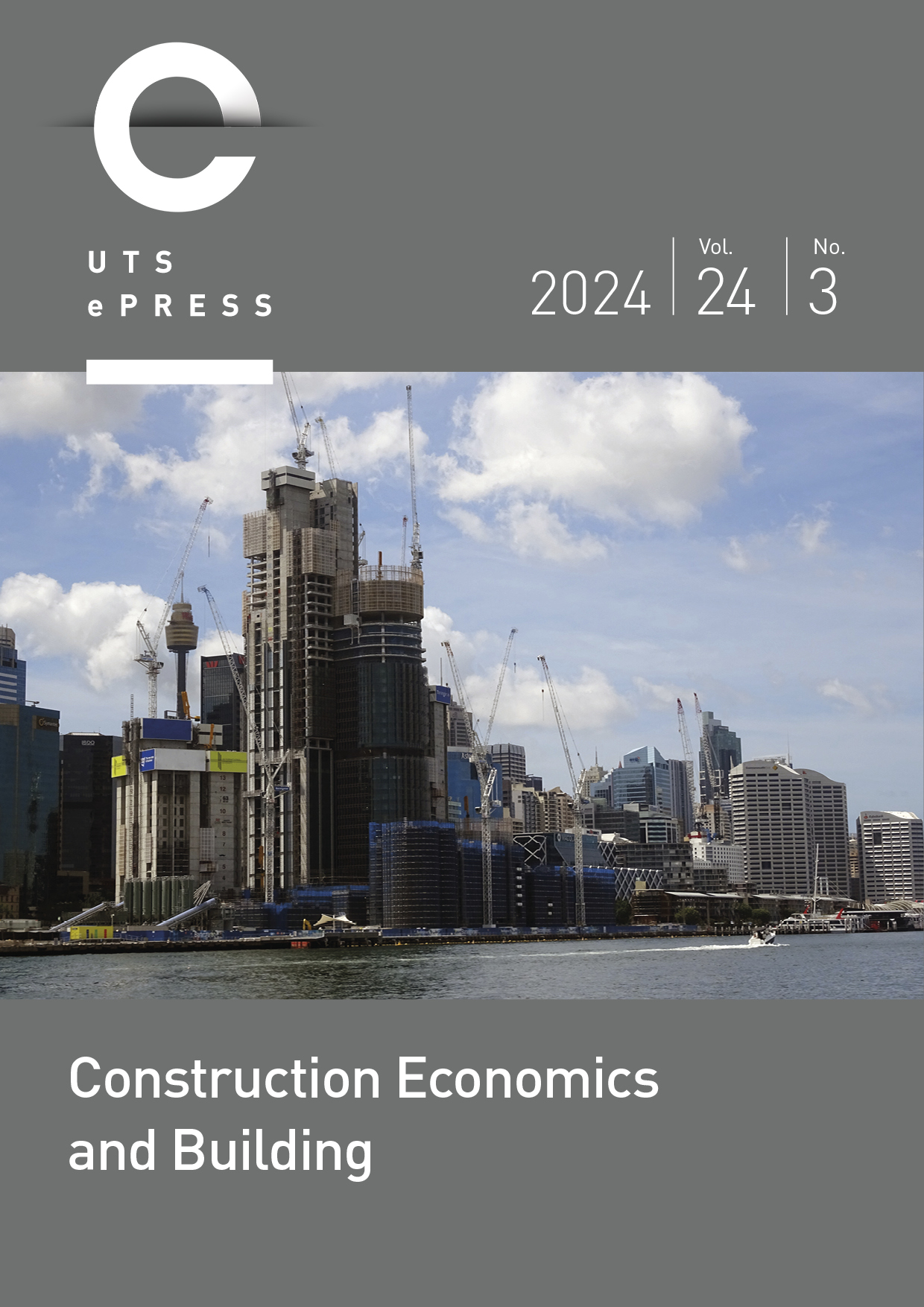Leveraging Digital Asset Management and Meta-Data Integration for Enhanced Asset Management
Main Article Content
Abstract
Digital Asset Management (DAM) has emerged as an advanced approach to empower asset managers in controlling and optimizing asset operations. This study addresses the challenge of integrating metadata from a repository of 2340 reported asset problems at one of the public schools in Saudi Arabia over 2 years. The data, obtained in .xls format from the existing asset/facility information management system, was meticulously unified to visualize digital assets enriched with relevant data. Findings showed, among others, repeated data/records, incomplete/inaccurate data, language issues, lack of time reporting a problem, absence of status reports, and confusion between asset and facilities data. The primary aim is to explore the integration of this metadata into an Asset Information Model (AIM) for more efficient asset management. The proposed integrated strategy for supporting metadata in AIM analysis emphasizes effective metadata management. By defining metadata requirements, establishing robust standards, implementing efficient capture and storage processes, seamlessly integrating metadata into the AIM model, establishing governance procedures, leveraging metadata in analysis, and continuously monitoring and optimizing the strategy, organizations enhance the accuracy, consistency, and integrity of AIM analysis. This comprehensive approach fosters improved decision-making in asset and facility management, leading to enhanced overall efficiency. Successful implementation and further research on this strategy contribute to AIM analysis advancement and metadata utilization optimization, elevating asset management practices in the evolving construction and infrastructure industry. This research provides valuable insights into digital asset management and presents a compelling blueprint for leveraging metadata integration for effective asset management strategies.
Article Details
Section
Authors who publish with this journal agree to the following terms:
a) Authors retain copyright and grant the journal right of first publication with the work simultaneously licensed under a Creative Commons Attribution License that allows others to share and adapt the work with an acknowledgement of the work's authorship and initial publication in this journal.
b) Authors are able to enter into separate, additional contractual arrangements for the non-exclusive distribution of the journal's published version of the work (e.g., post it to an institutional repository or publish it in a book), with an acknowledgement of its initial publication in this journal.
c) Authors are permitted and encouraged to post their work online (e.g., in institutional repositories or on their website) prior to and during the submission process, as it can lead to productive exchanges, as well as earlier and greater citation of published work (See The Open Access Citation Advantage Service). Where authors include such a work in an institutional repository or on their website (ie. a copy of a work which has been published in a UTS ePRESS journal, or a pre-print or post-print version of that work), we request that they include a statement that acknowledges the UTS ePRESS publication including the name of the journal, the volume number and a web-link to the journal item.
d) Authors should be aware that the Creative Commons Attribution (CC-BY) License permits readers to share (copy and redistribute the work in any medium or format) and adapt (remix, transform, and build upon the work) for any purpose, even commercially, provided they also give appropriate credit to the work, provide a link to the license, and indicate if changes were made. They may do these things in any reasonable manner, but not in any way that suggests you or your publisher endorses their use.
